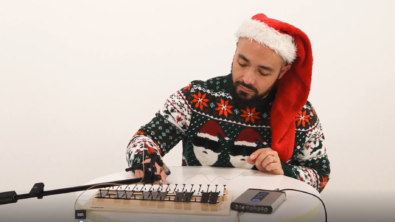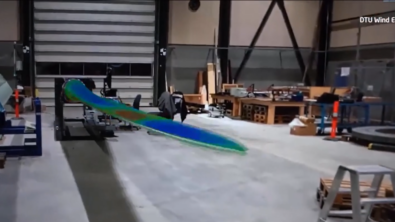Ring in the holiday season with the Simcenter Carillon Project
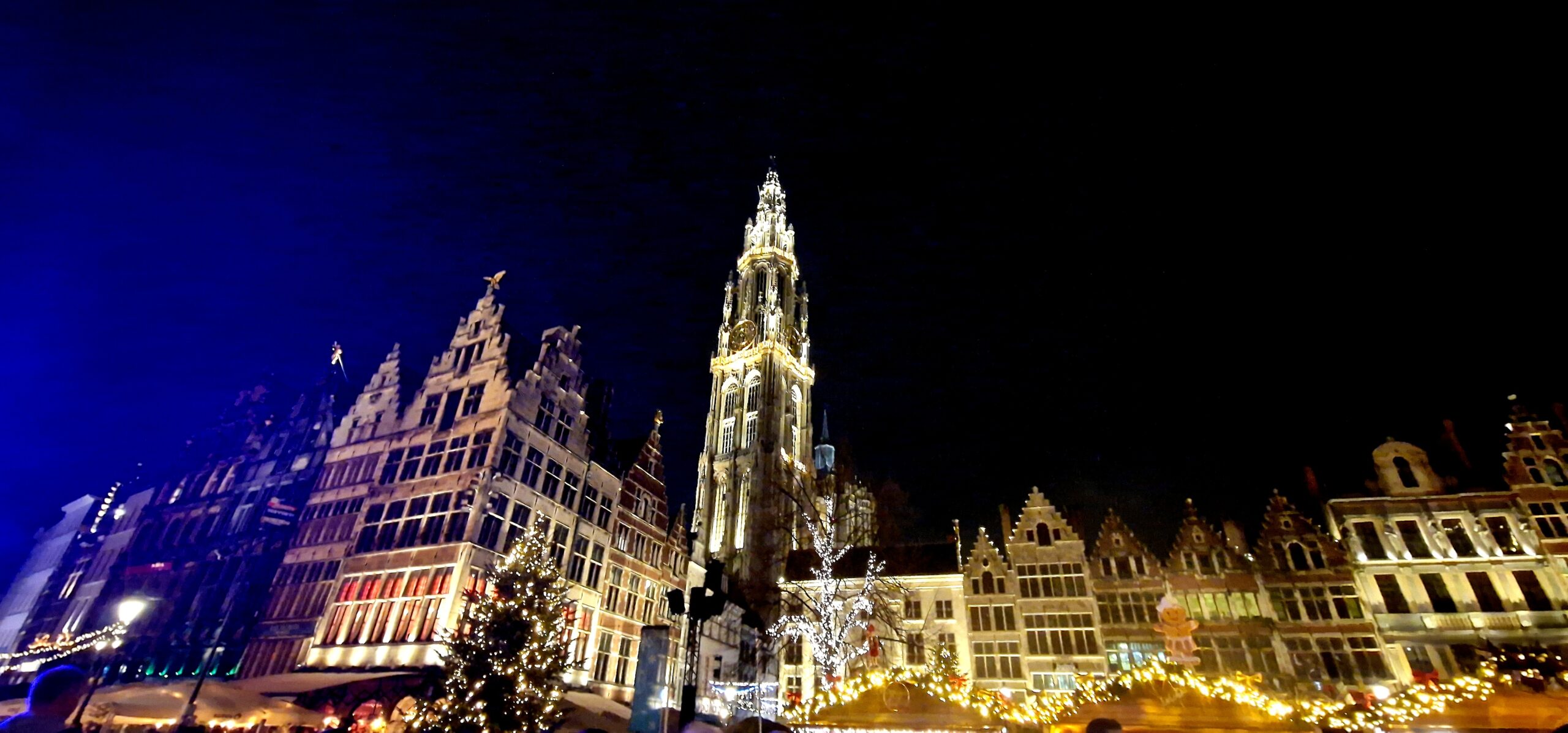
The science behind the sound and how Simcenter solutions can help create brilliantly-sounding carillon bells and belfries this holiday season (updated 2024 version)
‘Tis the season and, if you are anywhere in Belgium, you are probably planning to head downtown to your local Christmas market. (Everyone is saying the Winter Glow Festival in Bruges this year is especially worth the visit.) As you sip your mulled wine or dip into your cone of mayonnaise and frites (trust me…you can find them at practically every Belgian Christmas market), the glittering white lights and magic of the moment will certainly help you brave the wintery chill. And, if you are lucky, your local carillonneur will be playing some holiday tunes from the belfry — most likely decked out for the holiday season as well.
Belfries and carillons are an important cultural heritage in Belgium, The Netherlands and parts of northern France. It is not surprising that in 2014 UNESCO recognized the Belgian carillon culture as “intangible cultural heritage”. Originating in Belgium and The Netherlands in the 1500s, carillons (and their sometimes even older belfries) are the oldest mass-music media on the planet.
“A carillon is a special music instrument. It is the largest instrument in the world and the only one that plays for free for everyone in town — the whole community,” explains Luc Rombouts, carillonneur, in the cities of Leuven and Tienen. “It is a set of tuned bells connected to a keyboard. It’s a bit similar to a piano or organ keyboard, but not completely the same. A carillon player has to use his fists and feet to play and not his fingers like a pianist.”
Jingle around the clock
Traditionally, carillons were played during markets and holidays and this is certainly still the case during the festive end-of-the-year period all over the country from Tournai to Leuven. (If you happen to be in Leuven for the holiday season, make sure to catch one of the Wednesday afternoon Christmas carol concerts at the Park Abbey Peace Carillon or listen to Luc Rombouts play at the University Library Tower.)
Today, there are 94 carillons actively playing in Belgium alone and hundreds more in towns around Europe including The Netherlands, France and Germany as well as far-flung locations in the United States, Canada and even the Philippines…But that being said, it is sorta surprising that the carillon culture still exists now that we have cheaper, more compact and much more personalized options for our music.
“The carillon stimulates a collective listening experience. Every city has its own carillon with its own distinct sound. This gives a town or city its own particular flavor. The moment and the music is given. It is offered to the people — the community — in a certain location,” adds Rombouts.
Ringing the bells (pleasantly) for centuries
What happens when your carillon bells emit more of a jangle than a jingle? It is true that a lot of diverse factors can affect the quality of the carillon sound. The bell chamber itself is a key factor because it reflects the sound and emits it across the town or city center. Most of the time, the chamber is a historical site with diverse parameters ranging from shape, size, height, and number of windows and openings to the actual age of the space and material used to build the tower.
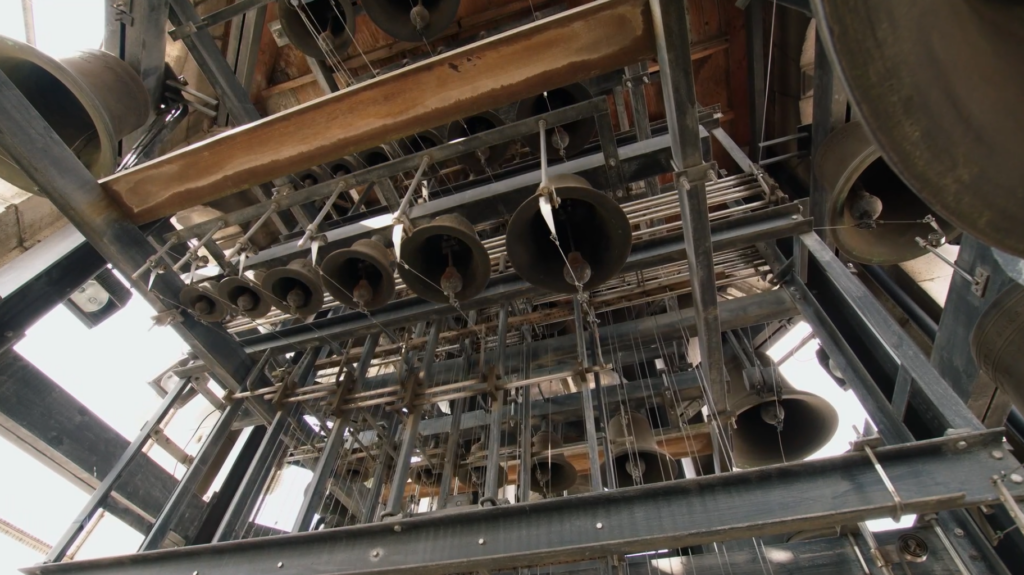
In theory, when a new carillon is created or an older one restored, one could first simulate the optimal acoustic characteristics of the bell chamber. And eventually one could create a digital twin of the entire carillon, including the bells and the chamber to determine the optimal sound before the first bell is even cast.
“The bell chamber is the sounding board of the instrument – like a violin. Certain carillons don’t sound optimal today because the sounding board isn’t designed in an optimal way. But today, with our knowledge of acoustics, you can improve the properties of the bell chamber to improve the sound of the bells that the public hears,” explains Rombouts.
A digital twin of the carillon
Unfortunately, if you are listening to the bells from a town square today, it is probably too late to change the bell chamber, but, in the future, it might be possible to simulate and model a full digital twin of the carillon before it is produced. For example, a customer could choose a bell model with a certain sound quality and experience how it would sound in a virtual bell tower designed on a computer.
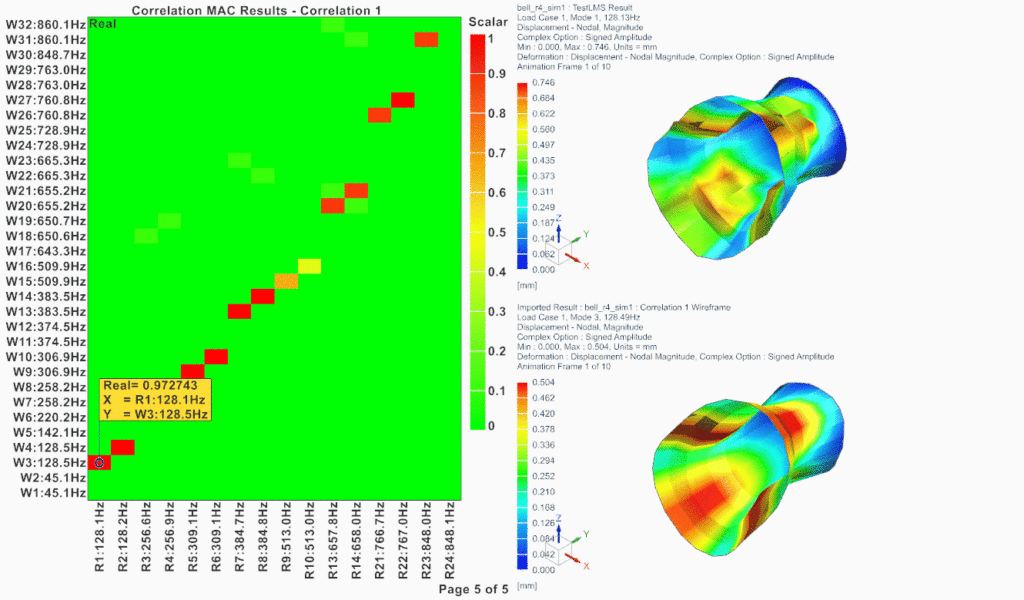
“With technology today, we can improve the sound of future carillons before they are built or restored,” says Rombouts. “The sound of bells is essentially determined by the vibrations. We can collect this type of acoustic data and use it in models to optimize the entire carillon experience.”
There are many parameters in the carillon that affect the way the people enjoy the music. In the past, creating a bell was purely intuitive and artisanal – with secrets being passed down from generation to generation. Today, casting a bell is driven by technology. The best bell foundries use some of the latest scientific methods and acoustics techniques to cast, test and tune their bells onsite before shipping them to locations around the world.
“It is very important that scientific institutions, universities and companies, like Siemens, contribute to the knowledge of all the components of the carillon so that the carillon culture can continue to flourish and develop in the future,” explains Rombouts.
Hear those Christmas bells ring…
Inspired by the four new bells that Siemens and former Siemens Industry Software CEO Jan Leuridan sponsored for the Park Abbey Peace Carillon restoration five years ago, our own acoustics testing expert Frank Demesmaeker decided to check out both carillons to discover the science behind the sound. His original goal was to perform some basic tests to measure the sound and vibration patterns on the carillon bells themselves. Five years later, what started out as a simple project has grown into a community of like-minded carillon culture enthusiasts.
Using a Simcenter SCADAS XS and a binaural headset, Frank first measured the acoustic frequencies at ground level outside the Park Abbey Peace Carillon. The result was a very complex sound spectrum with distinct frequencies. Frank needed more data so he climbed the 289 steps of the KU Leuven University Library Tower with his handy Simcenter SCADAS XS to do some impact testing on one of the 63 bells using the Simcenter modal impact and analysis technique. After the 504th toll of the bell, the Simcenter modal analysis whipped out a complete set of frequency response functions (FRFs). In a matter of seconds, the individual mode shapes showed up as well – all while Frank was still high above Leuven in the library tower.
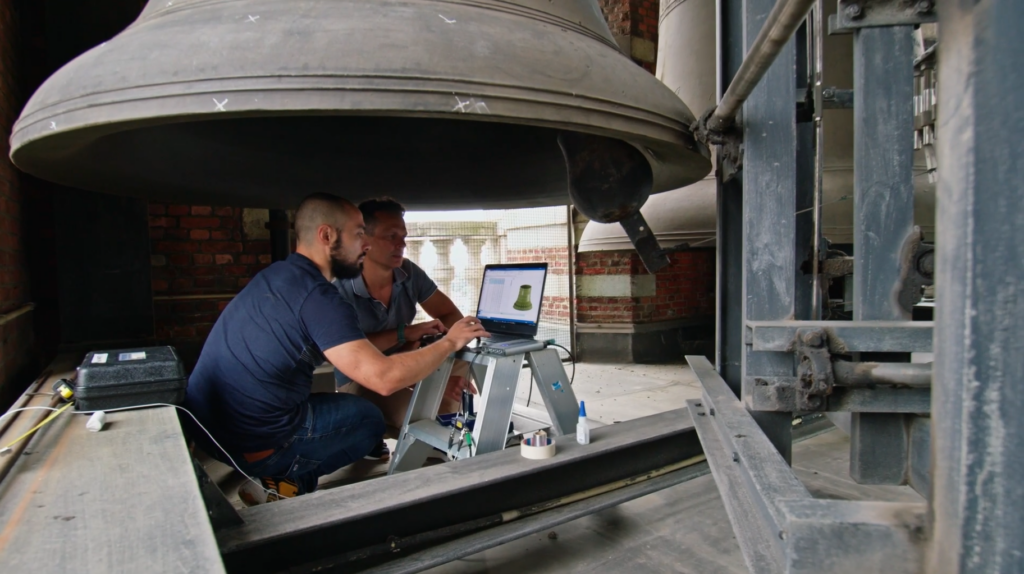
Taking the study further, the Simcenter testing team worked with Simcenter simulation experts from long-time Siemens partner, Maya HTT to create a 3D mesh in Simcenter 3D to use as a test model wireframe for the collected test data.
From there, the team started to manually modify some parameters including scale and mass density to develop a perfect digital twin of the real bell. As one can see in the MAC matrix below, they obtained very good correlation with a frequency error of 1.4% in the modes below 1000 Hz.
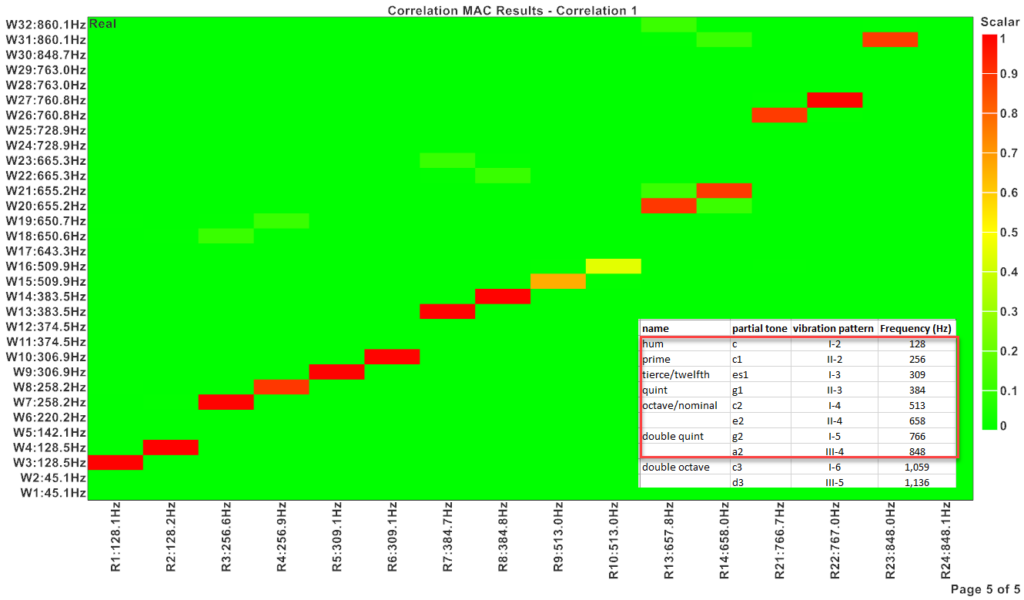
This type of acoustics and vibration work is just a simple example. If you want more technical information on this topic, certainly check out Frank’s blog here.
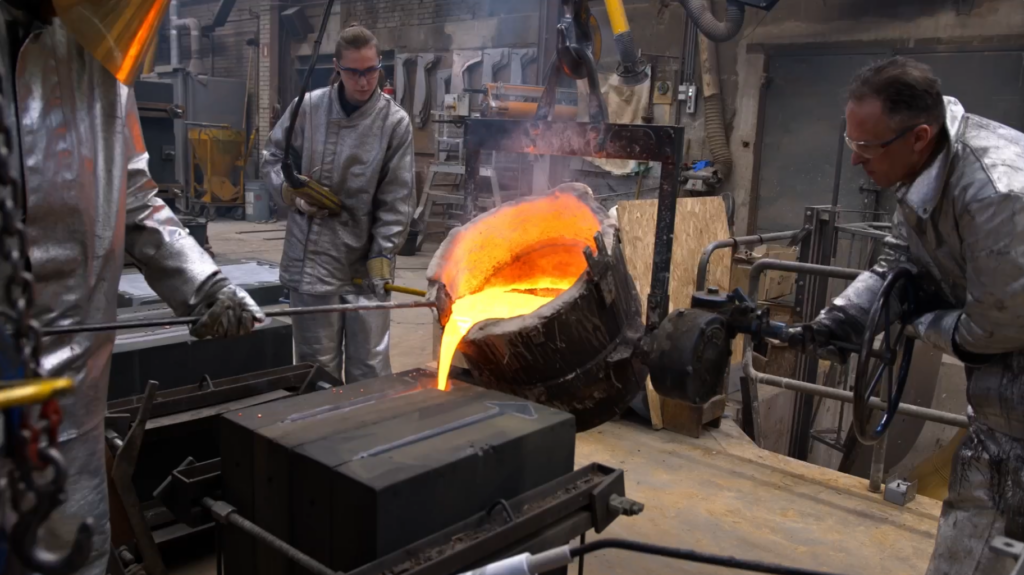
Simcenter testing and simulation can truly provide a realm of information for the greater carillon community from the artisans at the world-leading Royal Eijsbouts foundry in Asten, The Netherlands (shown above) to other academics and scientists who want to keep every carillon bell around the world ringing brightly…
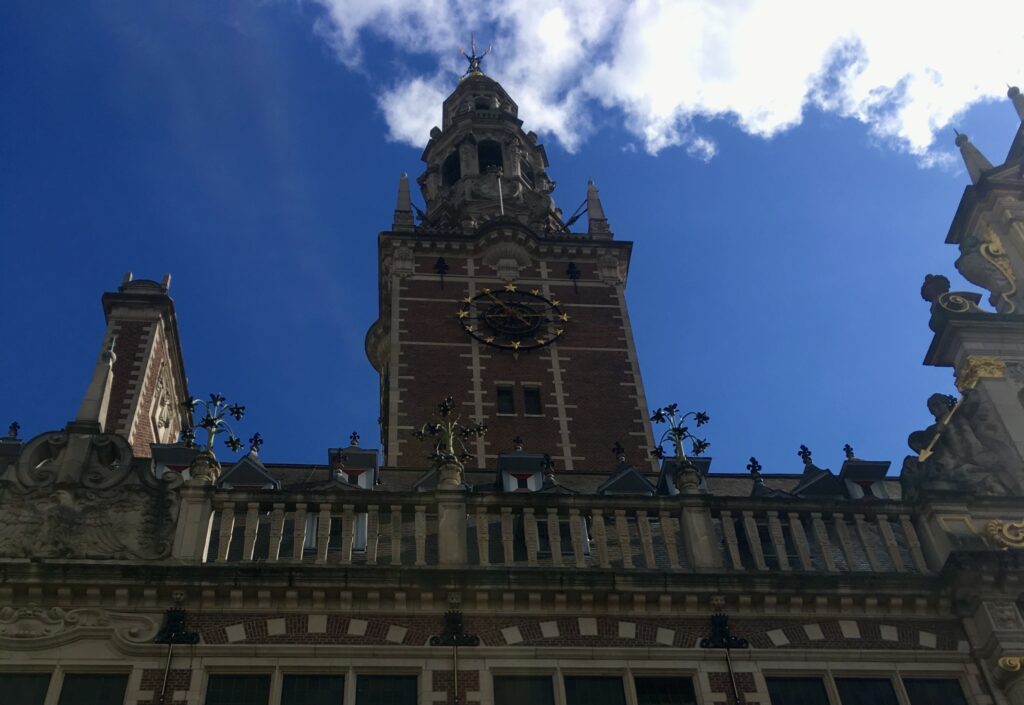
5 Interesting Facts about Carillons
1) Shhhhh…be quiet
During the exam sessions at the KU Leuven (normally January, June and several weeks in August/September), the carillon is not played so as not to disturb studying students.
2) You can climb the 289 stairs yourself
The 63 bells in the KU university tower weigh 35 tons in total. Want to see them up close? Just like us, it is possible to book a visit to the top.
3) The wild side of the carillon culture
In the 1980s and 1990s, Antwerp was famous for its Monday evening carillon concerts or “beiaardconcerten” in Dutch. The event was more about the amount of beer flowing downtown in this famous port town than the bell ringing. The phrase “Een beiaardje doen?” didn’t necessarily mean sitting and pristinely listening to the concert. In 1992, the “concerts” drew thousands with police having to close off the town square due to over-capacity, public safety and unfortunately hooliganism.
4) The memorial aspect
The carillon and the university library at the KU Leuven are war memorials. The library and much of Leuven was destroyed during the first World War. The carillon itself was a gift from 16 US engineering associations to commemorate the almost 2000 American engineers who died in World War One.
5) Continuing the carillon culture
Mechelen in Belgium is the home to the world’s first carillon school founded in 1922. The school still exists today.
A special thank you:
We are lucky enough to have the co-operation of Luc Rombouts on this project. Not only is Luc Rombouts the official carillonneur of KU Leuven and the Park Abbey, he is also a professor at the Royal Carillon School in Mechelen. Luc Rombouts was kind enough to introduce us to Joost Eijsbouts from the Royal Eijsbouts foundry who kindly invited us to film onsite.
Happy Holidays from Simcenter…
